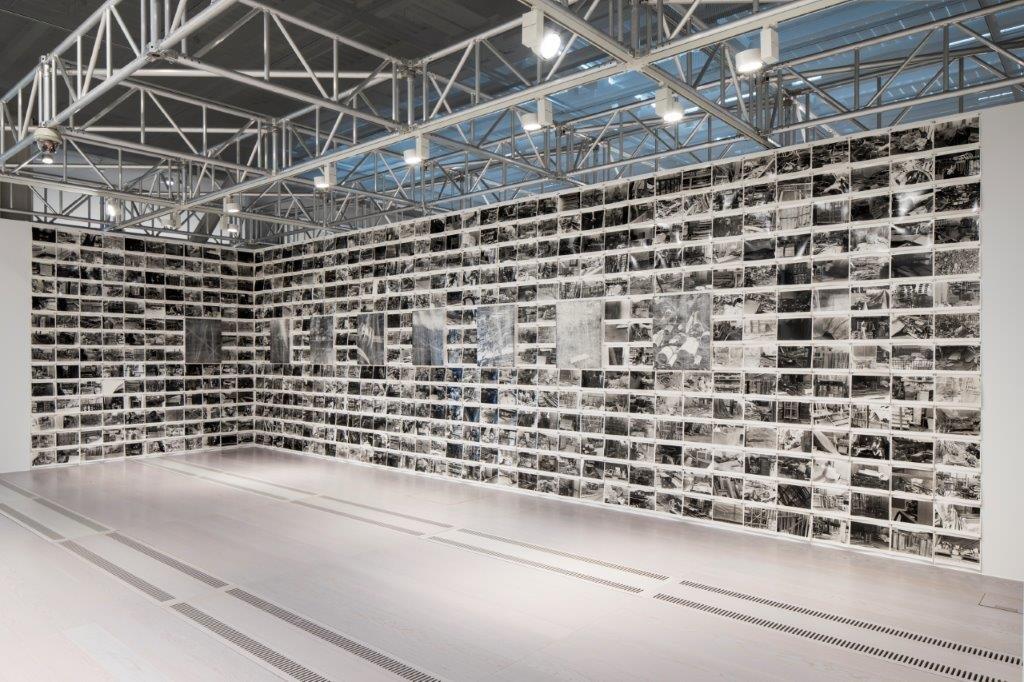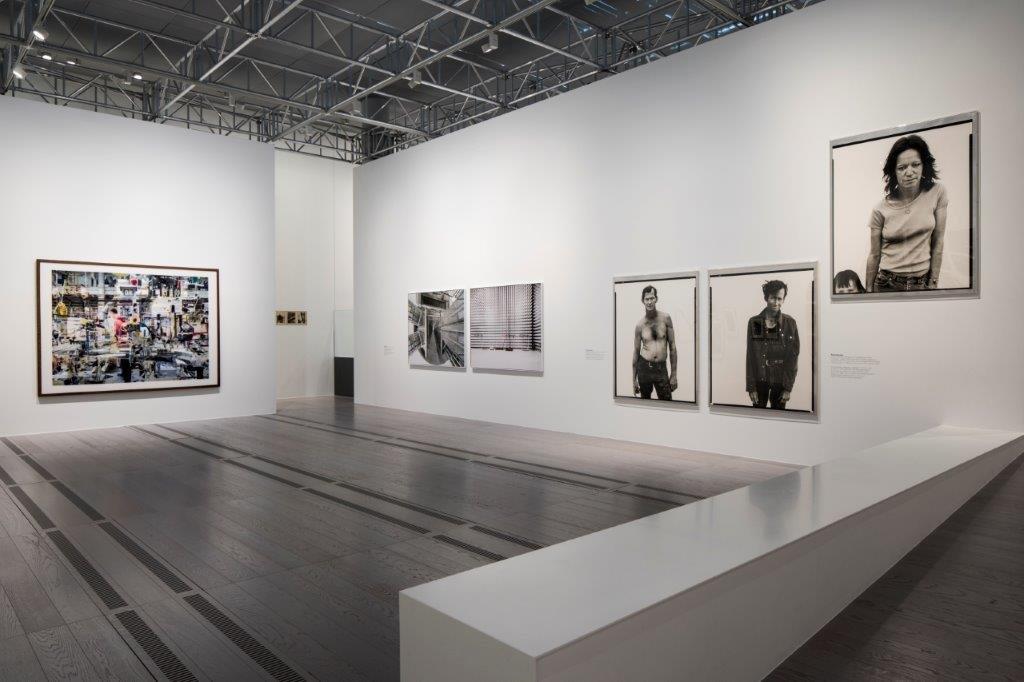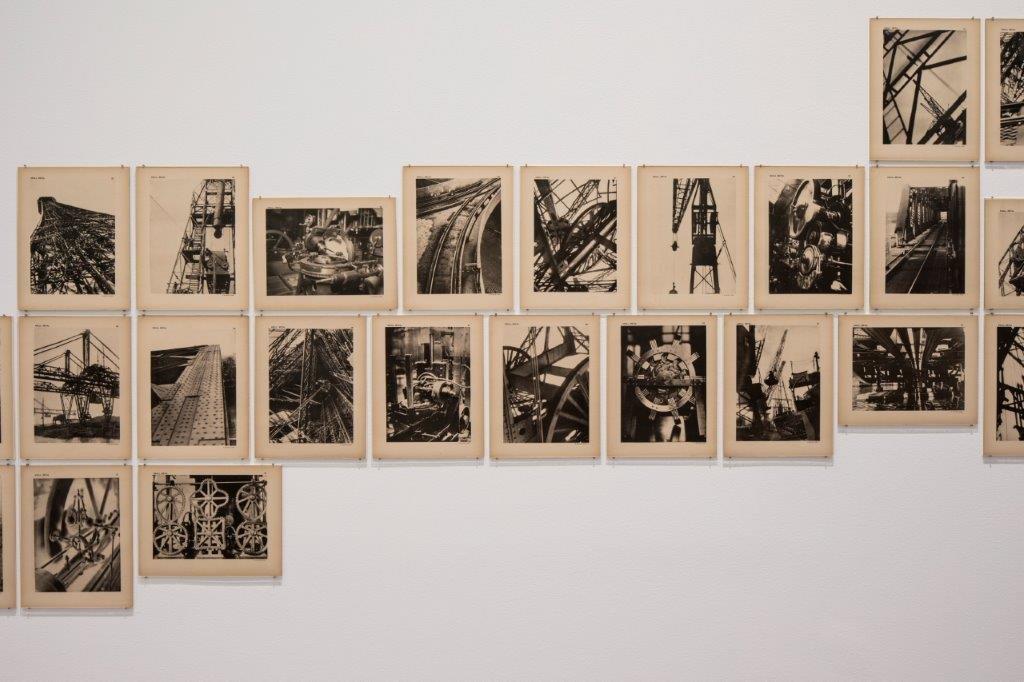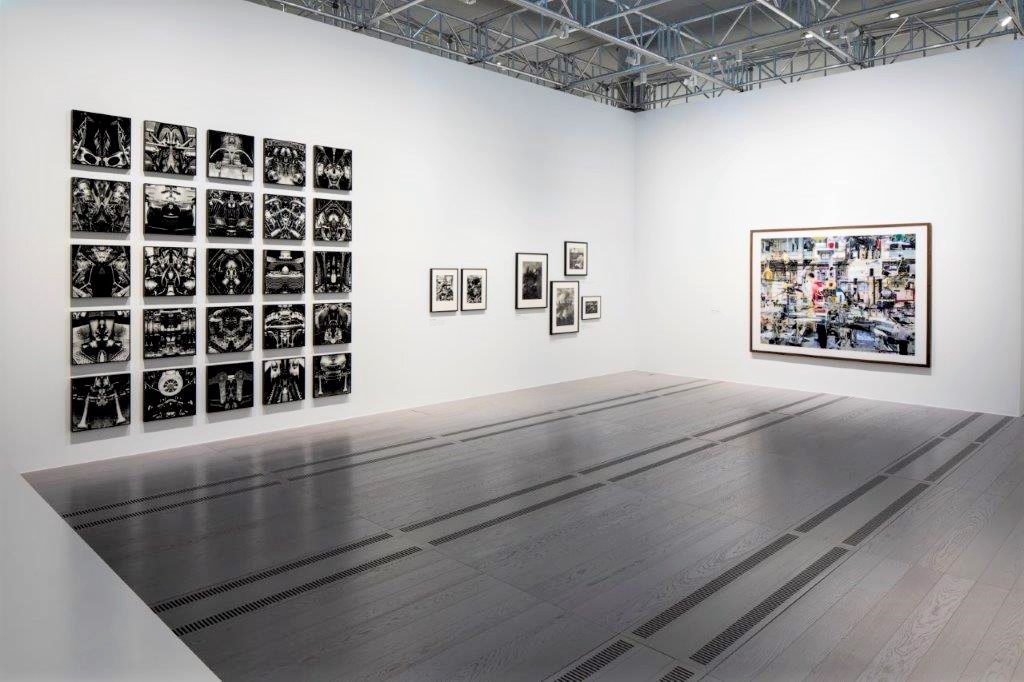Archives are vast, silent leviathans. They only awake and begin to speak when you ask them a question, when you bring them to life by looking at them in certain perspectives, with the vitality of interest - that is to say, when their potential is realised in the present, when they are activated. Collections are not much different, even if the act of collecting has been guided by a specific intention, a concept, a certain question from the start. Only when the eyes, intelligence, and emotions draw from the image reservoir of the past, only when connections are made, when past and present, production and consumption, human and machine are linked, do the sparks fly and electrify these pictorial worlds for us, and the archives and collections begin to tell their stories.
Every collection, every archive has a history all its own, a mode of organisation all its own. Yet within these, photographs are principally interpreted descriptively. In other words: this is a photograph and a certain motif can be seen in it; this means that the photograph deals with this motif, with this event. We call this a descriptive, denotative view. However, photographers and images do much more than this: they are powerful, get under the skin, radiate meaning at several levels, affect us emotionally, thus conveying one, two, three symbolic – connotative – messages.
These second and third aspects of the power of photography are what the exhibition at MAST implements, gives space to play. The show is a celebration of images from the world of industry, an abundance of insights into heavy manufacturing, machine industry, digitisation, and throw-away society. The views of over 60 photographers guide us intellectually into the world of production and consumption, and simultaneously draw us along emotionally, developing a new way of seeing, a play of opposites, of the similar, of duplication, of fore- and backgrounds, of saturation and void, of the heavy and the light, of the energetic, the euphoric – and, on the other hand, of the melancholic – in the extraordinarily rich visual world of the things, of work, industry, and technology.
The exhibition traces central spaces in the industrial-technological system; it touches upon social and political questions, but rather than simply identifying hard facts the images attempt to depict more extensive, deeper connections, to present us with complex, even perceived “realities.” The visual universe of industry and work, factory and society that unfolds within the show is informed by the notion of multifacetedness, of a reality consisting in many layers and different timelines, all running parallel to each other or intersecting.
For the Surrealists the challenge laid in subverting the images and in this way to alter the forms of representation. But it is also important to subvert through the image itself, to shake up the givens of reality. “Through the power of images,” wrote André Breton, “the true revolutions can, in time, take place.” We live in a world in which we are presented with this on a daily basis. While we certainly do not intend to start a revolution, we do want to fan the flames of a fire, a wild, stirring “Psychomotor” – to quote the title of one of the exhibition pieces – with photographs from the MAST collection.
The exhibition presents photographs by over 60 photographers and artists, including Berenice Abbott, Richard Avedon, Margaret Bourke-White, Thomas Demand, Simone Demandt, Jim Goldberg, Hiroko Komatsu, Germaine Krull, Catherine Leutenegger, Edgar Martins, Rémy Markowitsch, Richards Misrach, Jules Spinatsch, Edward Steichen, Thomas Struth, Shomei Tomatsu, Marion Post Wolcott, and many others.




